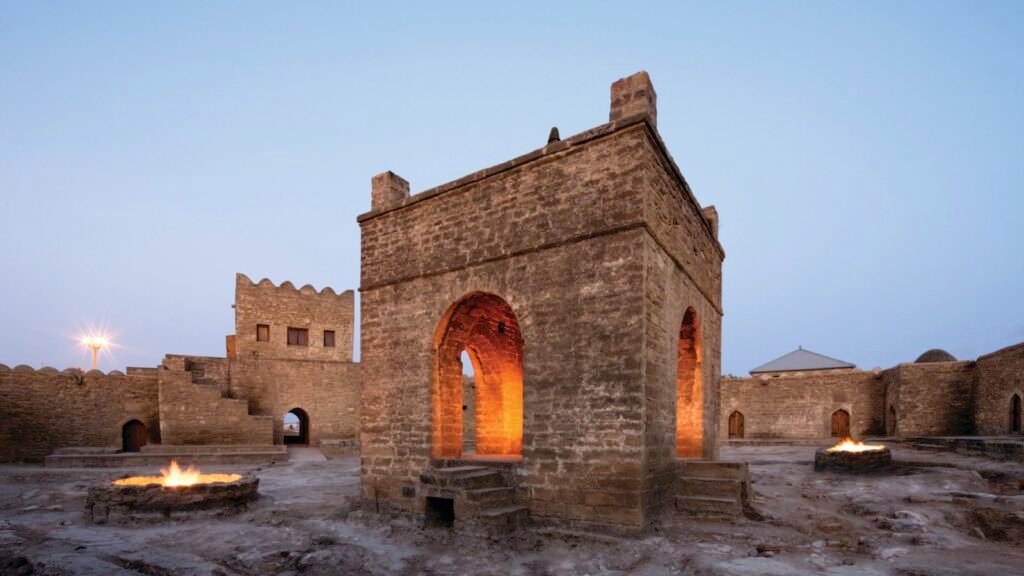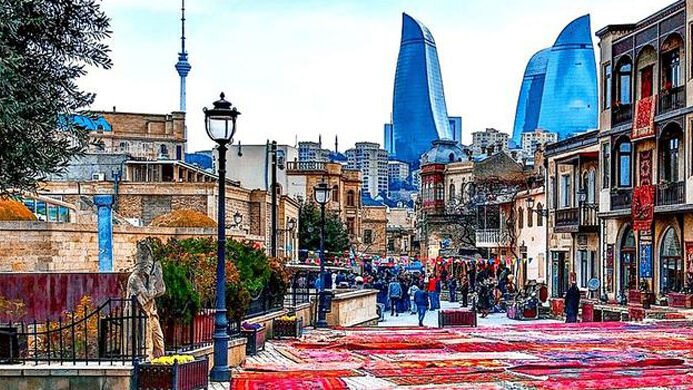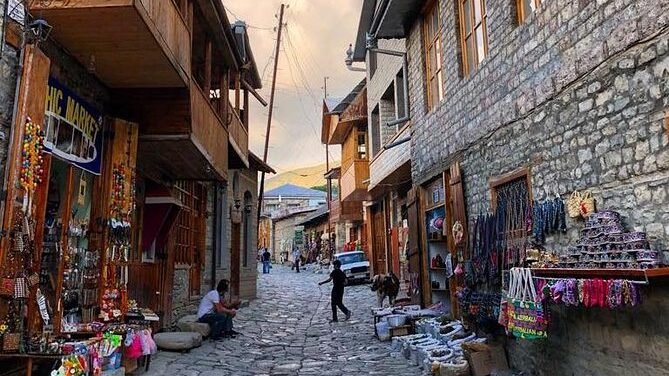FIRE TEMPLE “ATESHGAH”

Discover Ateshgah Historical Architectural Reserve with
ROYAL TRANSFER
Based on Iranian and Indian inscriptions, the temple was used as a Hindu, Sikh, and Zoroastrian place of worship. “Ātash” (آتش/Atəş) is the Persian and Azerbaijani word for fire.
The pentagonal complex, which has a courtyard surrounded by cells for monks and a tetrapillar-altar in the middle, was built during the 17th and 18th centuries. It was abandoned in the late 19th century, probably due to the decline of the Indian population in the area and the establishment of petroleum plants in Surakhany. The natural eternal flame was extinguished in 1969, after nearly a century of petroleum and gas extraction in the area, and is now maintained using a piped gas supply.
Seamless Travel Solutions

Effortless Booking Experience
Discover our airport transfer services designed for tourists, ensuring a smooth journey. Book one-way or full-day trips with ease, tailored to your travel needs across the country.

Explore Scenic Routes
Join us for unforgettable country tours. Our experienced drivers will guide you through breathtaking landscapes, providing a unique perspective on local culture and attractions during your travels.

Customizable Travel Options
Choose from a variety of booking options, including one-way trips or full-service vehicle and driver for your entire journey. Experience flexibility and convenience tailored to your travel itinerary.
Customer Feedback
”Our airport transfer was seamless and the country tour was unforgettable! The driver was friendly and knowledgeable. Highly recommend Royal Transfer for your travels!”
